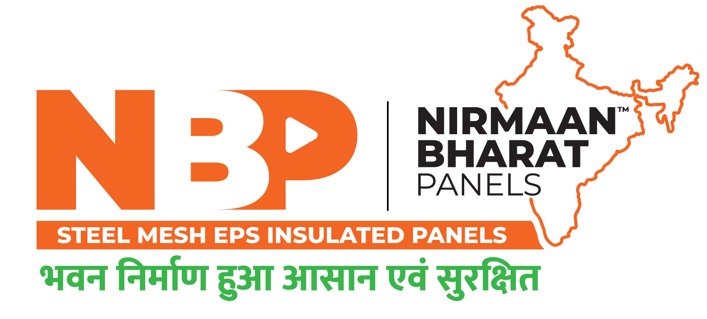Selecting the appropriate materials is crucial within the construction domain. The decision not only affects the structural integrity of a building but also its energy efficiency and overall sustainability. Among the myriad of options available, Expanded Polystyrene (EPS) and Reinforced EPS Structural Panels stand out as popular choices, each offering unique advantages. In this comprehensive guide, we delve into the differences between EPS and Reinforced EPS Structural Panels to help you make an informed decision for your next project.
Table of Contents
ToggleEPS Panels: Lightweight Versatility
EPS, or Expanded Polystyrene, is a lightweight, rigid cellular plastic material derived from polystyrene. It’s widely used in construction due to its excellent insulation properties, moisture resistance, and ease of handling. EPS panels are typically composed of foam insulation sandwiched between two facings, often made of oriented strand board (OSB) or fiber cement.
Advantages of EPS Panels:
Insulation:
EPS panels offer superb thermal insulation, helping to maintain comfortable indoor temperatures while reducing heating and cooling costs.
Lightweight:
Being lightweight, EPS panels are easy to transport, handle, and install, making them ideal for a variety of construction projects.
Moisture Resistance:
EPS is naturally resistant to moisture, preventing issues such as mold growth and rotting, which can compromise the integrity of a structure.
Affordability:
Compared to many other construction materials, EPS panels are cost-effective, offering excellent value for money.
However, while EPS panels provide numerous benefits, they may lack the necessary strength for certain structural applications, particularly in areas prone to high winds or seismic activity. This is where Reinforced EPS Structural Panels come into play.
Reinforced EPS Structural Panels:
Strength and Stability
Reinforced EPS Structural Panels are engineered to combine the superior insulation properties of EPS with enhanced strength and durability. These panels incorporate various reinforcements, such as fiberglass or carbon fiber, to bolster their structural integrity, allowing them to withstand greater loads and stresses.
Advantages of Reinforced EPS Structural Panels:
Increased Strength:
The addition of reinforcements significantly enhances the structural strength of EPS panels, making them suitable for applications where higher load-bearing capacity is required.
Versatility:
Reinforced EPS panels can be customized to meet specific project requirements, offering flexibility in design and construction.
Improved Durability:
The reinforced construction of these panels improves their resistance to impacts, making them more durable and long-lasting.
Reduced Material Usage:
Despite their enhanced strength, reinforced EPS panels remain lightweight, resulting in reduced material usage and transportation costs compared to traditional building materials.
By combining the insulation properties of EPS with the structural advantages of reinforcements, these panels offer a holistic solution for modern construction projects. Whether used in residential, commercial, or industrial applications, reinforced EPS structural panels provide a balance of performance, sustainability, and cost-effectiveness.
Choosing the Right Panel for Your Project
When selecting between EPS and Reinforced EPS Structural Panels, several factors should be considered:
Project Requirements:
Assess the specific needs of your project, including structural demands, insulation requirements, and environmental considerations.
Budget:
Evaluate the upfront and long-term costs associated with each option, considering factors such as material expenses, installation costs, and energy savings.
Local Building Codes:
Ensure that the chosen panels comply with local building codes and regulations, particularly regarding structural integrity and energy efficiency standards.
Environmental Impact:
Consider the environmental footprint of the materials, including their production process, recyclability, and potential for reducing energy consumption over the building’s lifecycle.
By carefully weighing these factors and consulting with professionals, you can make an informed decision regarding the most suitable panel option for your project.
Conclusion
In summary, both EPS and Reinforced EPS Structural Panels offer distinct advantages in construction projects. EPS panels excel in providing excellent insulation and moisture resistance, while reinforced EPS panels enhance these properties with increased strength and durability.
By understanding the differences between these two options and evaluating your project requirements, you can choose the panel solution that best meets your needs in terms of performance, sustainability, and cost-effectiveness. Whether you opt for the lightweight versatility of EPS panels or the strength and stability of reinforced EPS panels, you can be confident in your choice to create resilient and energy-efficient buildings for years to come.
Also, read
Innovations In EPS Technology What’s New In Wall Panel System


